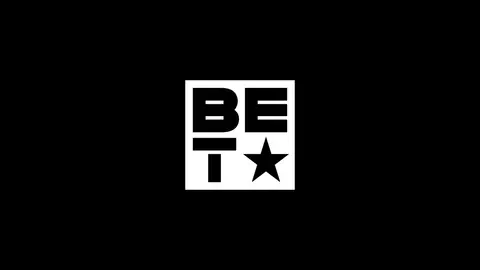Competition Puts World Visionaries Into Action

The 2010 winner of the Buckminster Fuller challenge winner was Operation Hope. The land management program has been able to reintroduce pasture in areas that had been stripped of their resources. (Photo: the Savory Institute)
When it comes to tackling some of the world’s biggest issues, such as poverty, pollution and the economy, innovative ideas and visions go a long way.
And that’s exactly what the annual Buckminster Fuller Challenge promotes. Named after legendary inventor, author and visionary Buckminster Fuller, the contest, currently in its fourth year of existence, awards $100,000 to a team of entrants who design an effective solution to one of the globe’s most pressing problems. Successful projects are “regionally specific yet globally applicable and present a truly comprehensive, anticipatory, integrated approach,” according to the contest’s Web site.
The award money will go towards implementing the team’s designed solution. Winners of 2011’s challenge have already been chosen and will be announced during a ceremony Friday in New York City.
From building pathways in Haiti, to creating villages powered by solar energy, to reversing deforestation (last year’s winner), the projects confront a range of problems, though there are some common themes.
“We see a fair number [of entries] that are highly innovative solutions to basic human needs, like sanitation in the slums of India and other parts of Southeast Asia where you have 5,000 people sharing one toilet,” Buckminster Fuller Institute executive director Elizabeth Thompson said in an interview with BET.com.
Judges – themselves leaders in the science, innovation and design fields – also look for solutions that engage the local community and “solve multiple problems simultaneously,” she added.
Many of the projects submitted are in various stages of implementation; from being early on in development to already having some type of traction, Thompson said. The contest’s flexibility sets it apart from others that have more rigid guidelines.
“One of the things that’s unique about our call for proposals is that we do not determine what the problem [the group is finding a solution for] needs to be,” she said. “So a potential winner has to make a very compelling case to the jury about why … the solution to the problem that they have submitted is singularly important if we’re going to try to really make significant headway in the shortest amount of time possible in terms of positive change in the world.”
For example, is solving problems concerning the ocean more important than, say, designing an affordable home? That’s a question participants may have to consider when designing their project.
The institute follows up with past winners to see how well their solutions are progressing, and in the project’s short existence they’ve already seen some success stories.
For instance, the 2009 winners, a team from Massachusetts Institute of Technology Media Lab (MIT), have landed an investment partner in Spain for their electric cars. And last year’s winners have received a USAID grant for over $4 million to advance their deforestation reversal project, she said.
The institute hopes to have more successful projects like these in the future from extraordinary visionaries.
“It takes a certain kind of person who has the wherewithal, the intelligence and the stamina to take something like that on,” Thompson said. “These are not quick and easy solutions.”





